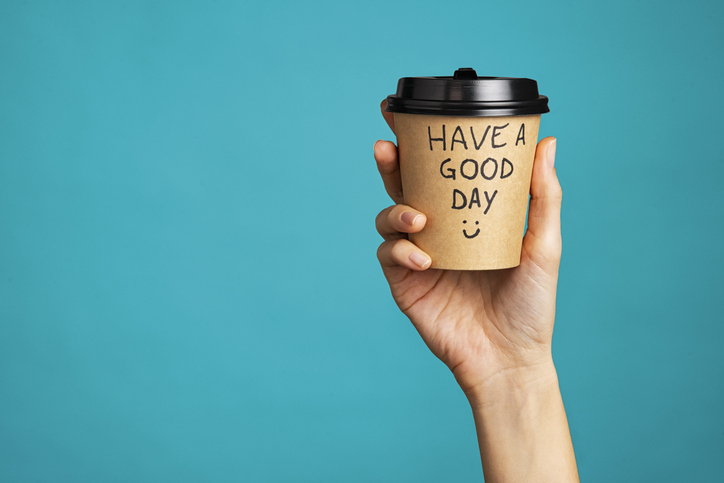How to Close a Professional Email
Traditionally, ending a letter was a fairly straightforward affair.

Previously published on HuffPost.
The rules were clear. You’d choose a common closing like “Sincerely” or “Yours Truly” and leave room for your signature over your typed name. Today’s email signatures can be a little more complicated. You might include links to your social media profiles, recent articles or interviews, your company logo, possibly even a privacy disclaimer.
Let’s start with the basics and discuss what each type of phrase conveys.
No Signature
While this may seem rude for business communication, it depends on the situation. During an active conversation, an email can appear more like a chat than correspondence. In this case, repetitive signatures can clutter up responses in a long thread and should be left out.
Old Faithful
The list of formal conclusions used in the past fall into the same general category. Some parting statements are more comfortable to use than others, and there are varying opinions on which ones are best. Depending on the situation or circumstance, they are still perfectly acceptable. They include:
- Yours, Yours truly
- Sincerely, Sincerely yours
- Best, All the best, Best wishes
- Regards, Warmest regards, or Best regards
For a formal, professional email, the best choices are still the standards. Personally, I favor “Sincerely.” It’s simple and straightforward, not demanding or pushy. I also use “Best” as another option.
Thank You
Expressing thanks is appropriate when you are asking the recipient to take action or have a reason to thank them, but be careful to avoid presumption. If you ask for a favor and close with thanks, it implies you already know the answer. Avoid the appearance of assuming their answer by being more specific. Closing with “Thank you for your consideration” or “Thank you for considering me” is thoughtful without sounding submissive. If you are going to close with gratitude, “Many Thanks” or “Thanks so much” are more personal, modern expressions.
The Pretentious Close
Any word co-opted from another language is cringe-worthy. Words like “Cheers,” “Ciao,” or “Aloha” are more likely to annoy your recipient than impress them.
Abbreviations and Emoji’s
While thx (thanks), TTYL (talk to you later) and the hand-waving emoji’s are fine for texting your friends, they are unprofessional for business correspondence. Spell words out and avoid the inclusion of icons for a professional appearance.
Signature Block
Many professionals today skip the valediction altogether and end with their signature block. It’s a little abrupt, but appropriate.
Call-to-Action
You have probably never considered “hope to hear from you soon” or “looking forward to your response” as a CTA. It’s certainly not on the level of “click here to buy now,” but it is a clear request. If you’ve posed a question and are waiting for an answer, it’s perfectly appropriate as long as you’re comfortable leaving the next move to your recipient.
Personal Note
The closing I prefer for most email contacts is a personal comment that relates to the person or the content of the message. I might say “stay warm” when a blizzard is impending, or a more personal “enjoy your weekend on the slopes” for a more intimate closing. This is an acknowledgment of past conversations and the relationship you share. Your closing should echo the tone of your email and reflect the relationship you have with your recipient.
For more of Diane’s etiquette tips, you may enjoy Business Etiquette: Reducing Email Clutter. Read her posts on Inc., and HuffPost, “like” The Protocol School of Texas on Facebook, and follow her on Pinterest, Instagram and Twitter. Diane’s latest book, Modern Etiquette for a Better Life is available on Amazon.






